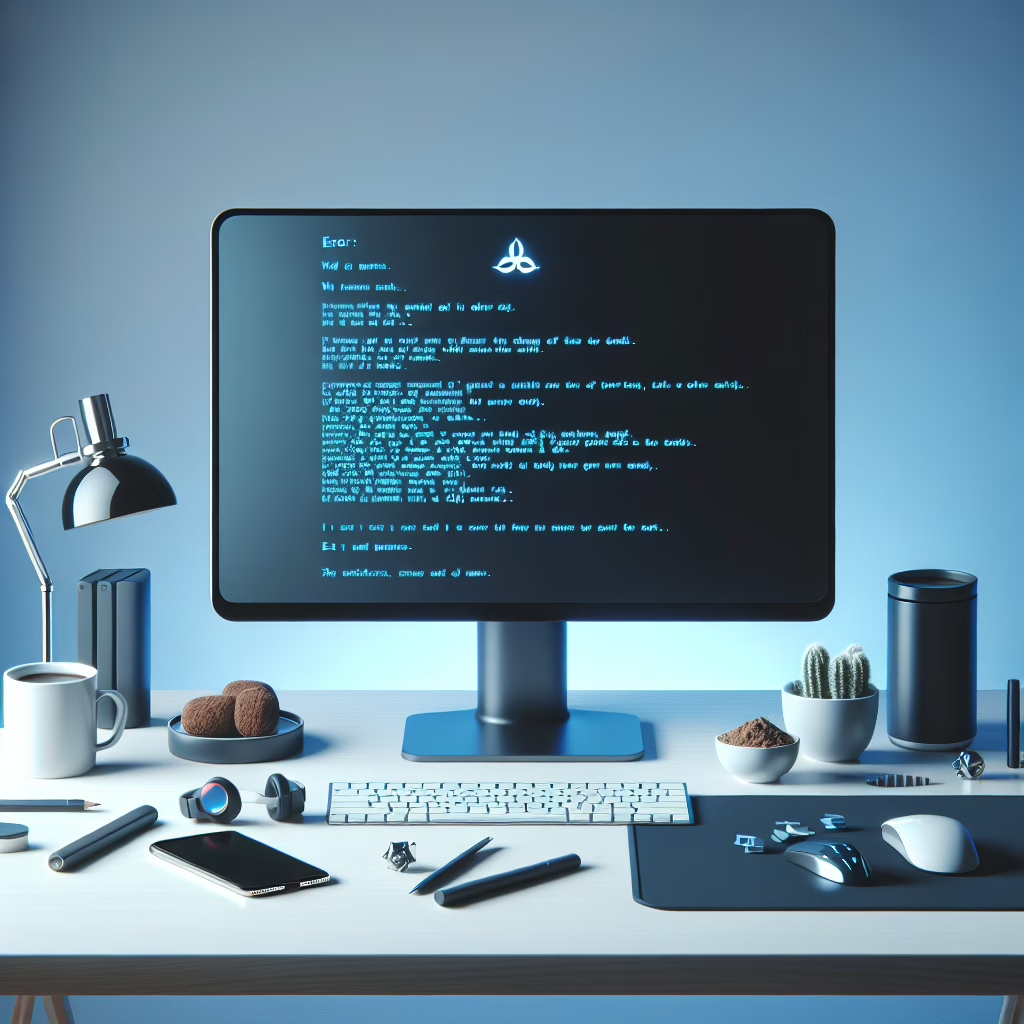In a move that has both nostalgic techies and modern-day users scratching their heads, Microsoft has officially announced the retirement of the iconic Blue Screen of Death (BSOD). Yes, that infamous screen that turned our hearts to lead and our PCs into paperweights is saying its goodbyes. But fear not! This isn’t just an end—it’s a new beginning for smoother computing experiences!
The Nostalgia of BSOD
Let’s take a moment to reflect on what the Blue Screen of Death meant for many of us. It wasn’t just a screen; it was a rite of passage. Whether you were innocently browsing the web or trying to meet a deadline, the BSOD often swooped in like an uninvited guest, leaving us with nothing but a sense of impending doom and a desire for a strong cup of coffee.
For years, this blue-hued harbinger of doom accompanied Windows users, alerting them to system crashes with all the subtlety of a sledgehammer. While some may have found it charming, others would argue that it was more like having your favorite pet run away just when you needed them most.
A Shift Towards User-Friendly Experiences
So what does this mean for us mere mortals who rely on technology? Microsoft is replacing the BSOD with a more user-friendly error message that resembles a gentle nudge rather than an electric shock. The new experience aims to guide users through troubleshooting without sending them into a panic spiral.
This transition signals an exciting era where technology becomes less intimidating and more approachable. Instead of feeling like we’ve been summoned to the principal’s office, we can now expect friendly advice from our operating system. Think of it as upgrading from a cranky teacher to a supportive mentor!
Technical Insights: What You Need to Know
Now, let’s get down to the nitty-gritty. The BSOD often appeared due to hardware failures, driver conflicts, or software errors—a perfect storm of tech chaos. But fear not! With advancements in technology and improved error handling within Windows, Microsoft aims to minimize these mishaps.
The new error messages will provide clear guidance on what went wrong and how you can resolve it without needing to consult your cousin who “knows everything about computers.” The goal is clear: make technology easier and less stressful for everyone.
Moreover, these updates are part of Microsoft’s broader strategy to enhance user experience across its operating systems. The goal is not just to eliminate those panic-inducing blue screens but also to foster an environment where users feel empowered rather than overwhelmed. This innovative approach aligns perfectly with the evolving landscape of technology, where user experience reigns supreme.
Change Is Good: Embracing Innovation
The decision to retire the BSOD aligns with Microsoft’s commitment to innovation and progress. As we dive deeper into 2025, it’s essential for technology companies to evolve alongside user expectations. After all, who wants to deal with outdated systems when there are countless innovations waiting just around the corner?
This shift also reflects broader trends in technology, where customer experience reigns supreme. In an age where we can track our fitness, order dinner with a few taps, and even control our homes remotely, dealing with error screens feels like stepping back in time. By ushering in a new era without the Blue Screen of Death, Microsoft seeks to make tech an integral part of our lives without the associated stress.
A Fond Farewell
As we bid adieu to the Blue Screen of Death, let’s not forget the lessons learned during those tense moments. It taught us patience (and perhaps how to curse creatively). Moving forward, we can embrace this change while looking back fondly at our experiences with BSOD—like remembering that high school crush who never noticed us.
So here’s to smoother sailing ahead! With Microsoft’s new error messaging system set in place, we can look forward to fewer surprises and more time spent enjoying our digital lives. Let’s hope this change brings only positive vibes and fewer panicked phone calls to tech support!
What do you think about this change? Will you miss the nostalgic BSOD or welcome its departure? Share your thoughts below!
And special thanks to DW for providing such insightful coverage on this monumental tech shift. For more on Microsoft’s innovations, check out our post on Windows getting rid of the Blue Screen of Death and how this affects user experience.

